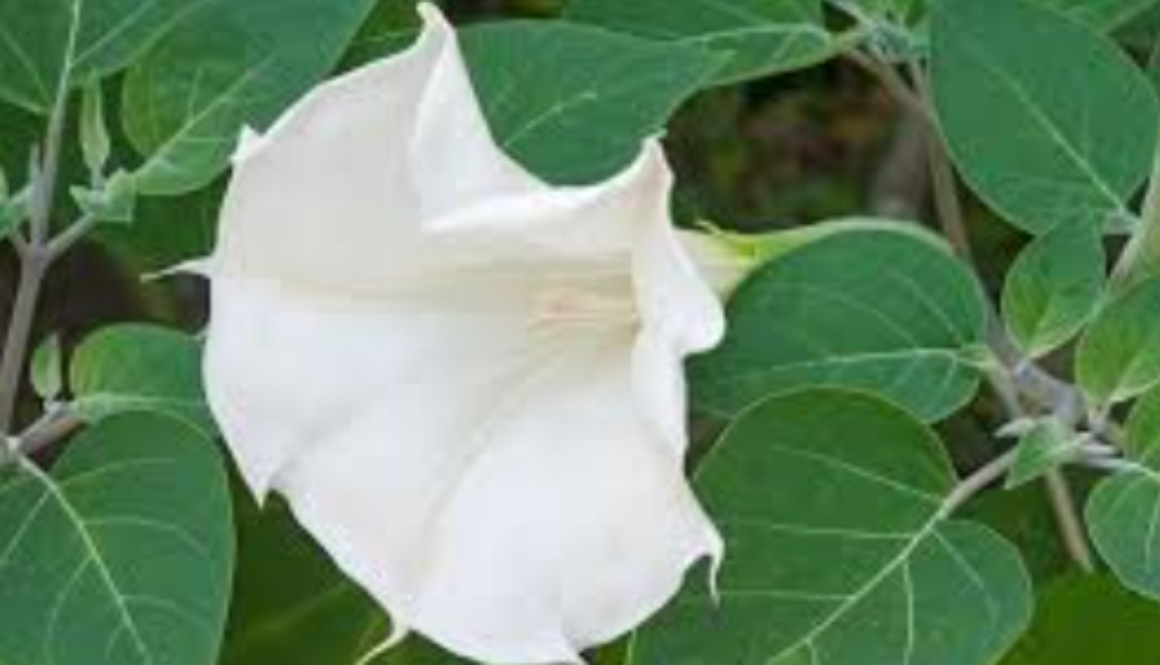Kalo daturo
Common in waste places, railway tracts and in village sides throughout the area. Datura is a sub glabrous spreading shrub 3-5 feet tall , branching at the top with dark purple stem. Leaves large, rhombic to ovate with irregular margins strongly tinged purple. Flowers are solitary, funnel shaped double or triple and whitish purple. Fruit is globose capsule bearing short to conical tubercles. It is 4-valved near the apex containing mass of closely packed, yellowish brown, compressed D-shaped seeds. Flowering and fruiting in September to January.
Part used: Whole plant
Usage: It relieves cardiac pains, distress, palpitation and aortic disorders. The dried leaves and seeds are used as antispasmodic and in critical condition of asthma and whooping cough. Smoke of burning leaves cures asthma. Fresh leaf juice relieves earache. Warmed leaves used externally to expel guinea worms. Fruit is a specific remedy for phlegmatic and bilious types of malarial fever. Paste of seed is useful in patchy baldness. The seeds are used to treat leucoderma, skin diseases, leprosy, bronchitis and ulcers. Paste of leaves and seed oil is used to reduce rheumatic pains. The root possess antipyretic and antiseptic properties.
Agrotechniques: Propagated through seeds. Sown in July and August in the field at I x 1m and irrigated at 10-15 days interval till the final harvest. Weeding and thinning is done when plants are 25-30 cm in height. Fully grown, green.

